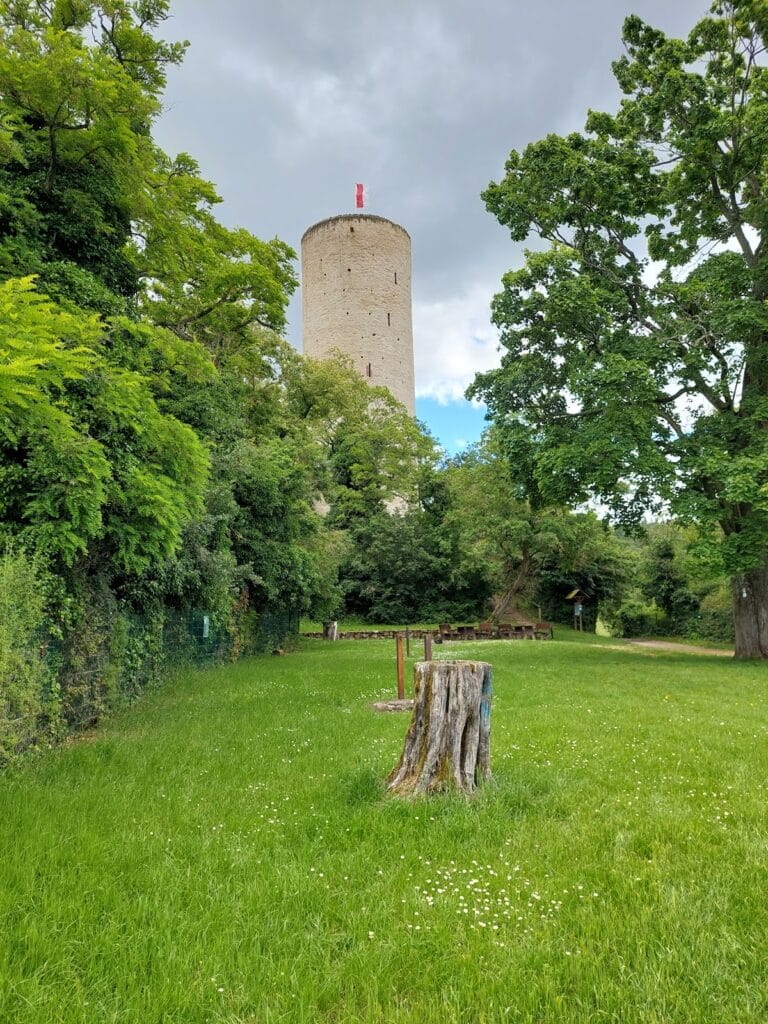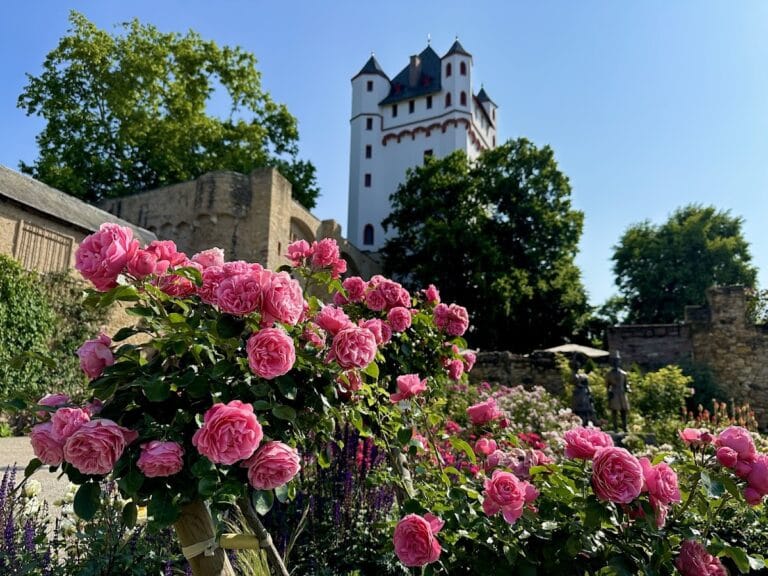Schloss Wehen: A Historic Castle in Taunusstein, Germany
Visitor Information
Google Rating: 4.3
Popularity: Very Low
Google Maps: View on Google Maps
Official Website: wirtshaus-im-schloss.com
Country: Germany
Civilization: Unclassified
Remains: Military
History
Schloss Wehen is located in the municipality of Taunusstein in modern-day Germany. The site occupies the grounds where a medieval castle once stood, originally established by local noble families and later developed under the influence of regional rulers.
The earliest recorded mention of the noble family connected to the area dates back to 1227, with the de Wehena family, which became extinct in the early 16th century. The settlement of Wehen itself appears in documents starting in 1285. In 1323, Emperor Ludwig the Bavarian granted Wehen town rights, including fortified defenses, reflecting its growing regional importance.
Around 1330, Count Gerlach I of Nassau erected a castle on the site, likely building upon the remains of a smaller tower castle that belonged previously to local nobility. Following the division of Nassau’s estates in 1346, Wehen became part of the territory held by Johann I of Nassau-Weilburg. During this time, the castle took on a judicial and administrative role for the surrounding Wehener Grund area.
Between 1595 and 1611, the castle underwent significant repairs and alterations. The original fortifications were removed, and two gate arches were added in 1630. Throughout the 16th and 17th centuries, the castle served as a residence for widows from the Nassau-Weilburg counts, reflecting its status as a noble household.
After the devastation of the Thirty Years’ War (1618–1648), the site was rebuilt in the 17th and 18th centuries as a hunting lodge for the ruling princes. In 1769, it became the office of Carl Wilhelm Christian Ibell, who held the positions of bailiff and court counselor. The castle is also notable as the birthplace of Karl von Ibell in 1780, a figure later associated with local governance.
During the late 18th and early 19th centuries, Schloss Wehen assumed a military role. It functioned as the headquarters of King Friedrich Wilhelm II of Prussia in 1792 and was later occupied by General Ludwig Yorck von Wartenburg in 1813 during the Napoleonic Wars. The castle’s role as a center of local justice continued until 1943, when the court based there was discontinued.
In the 20th century, changes to the site included the demolition of the enclosing wall along Weiherstraße in 1967 and the filling in of the old moat, altering its medieval defensive character. More recently, in 2018, excavations uncovered wall remains on a neighboring property, possibly linked to the earlier castle complex.
Remains
The layout of Schloss Wehen extends along the former town defensive wall and encloses a large courtyard. The main manor house, dating to the 18th century, stands on medieval foundations, reflecting continuous occupation and transformation over several centuries.
This principal building is a large rectangular structure characterized by its substantial mass and a mansard-hipped roof— a style where the roof has a double slope, the lower being steeper. An external staircase with two flights leads up to the entrance, adding to the building’s accessibility and stately appearance.
Close to the main house lies an outbuilding also from the 18th century. It features plastered half-timbering—a construction technique with a wooden frame filled with plaster—and a slate-covered upper floor under a half-hipped roof, where the roof slopes on all sides but has a small vertical section at the ends.
The entire complex is enclosed by one and two-story barns constructed with gabled roofs, giving an impression of a functional estate with storage and agricultural support structures. The combination of these buildings retains elements from both the medieval period and early modern times, marking the site’s evolution.
Today, Schloss Wehen is protected as a historic monument, conserving key architectural elements that connect the present structure with its medieval origins and subsequent adaptations. Archaeological finds from construction work in the vicinity continue to shed light on the castle’s historical extent and development.







